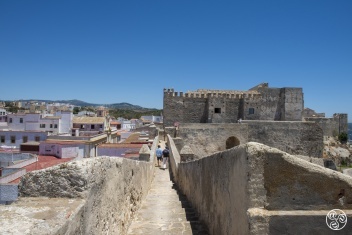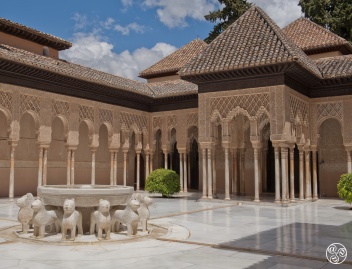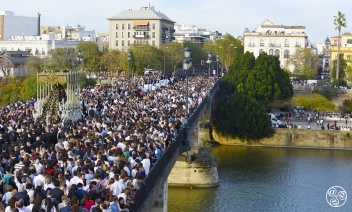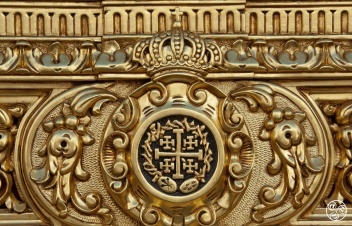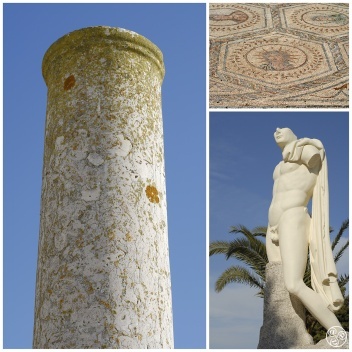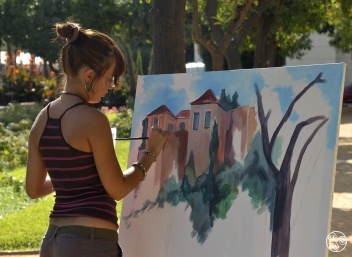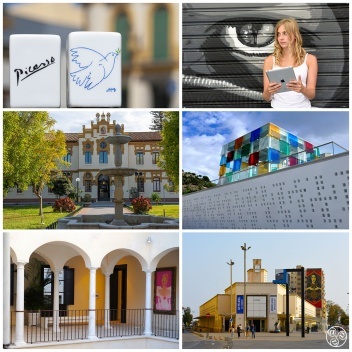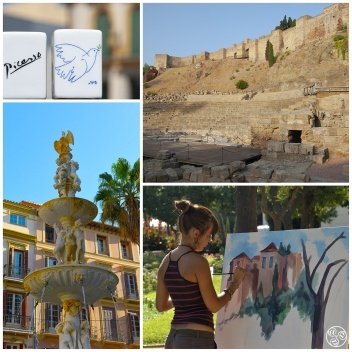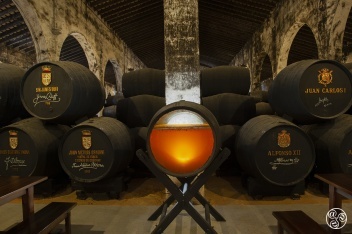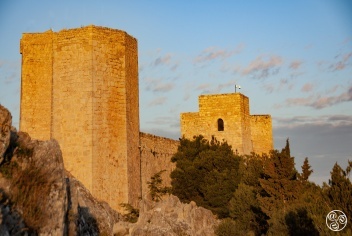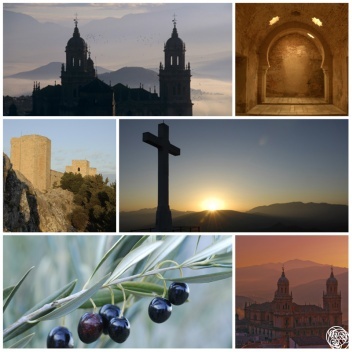The origins of bullfighting are probably in the man v beast contests of the Roman gladiators. Even earlier, Palaeolithic paintings found in Spain depict men fighting bulls and other wild animals. In Greek legend, you have Theseus and the Minotaur, a half-man half-bull, while a Babylonian legend has its hero slaying a bull by thrusting his sword "between nape and horns". But there are also strong links with the popular Moorish pastime of rejoneando, where a rider would confront the bull using a (lance) in an arena (picadores in modern-day Spanish bullfighting). Portugal holds rejoneo bullfights where cavaleiros, who wear 18th-century dress and ride padded horses, are the stars, rather than the matadors, as in Spain. In Portuguese bullfights, the bull is not killed in the ring.
